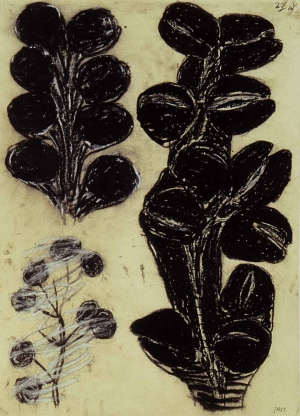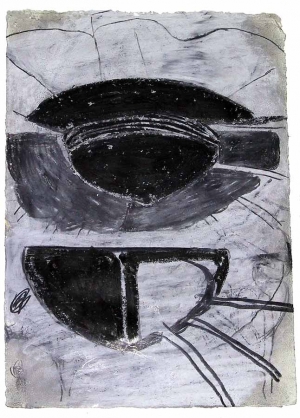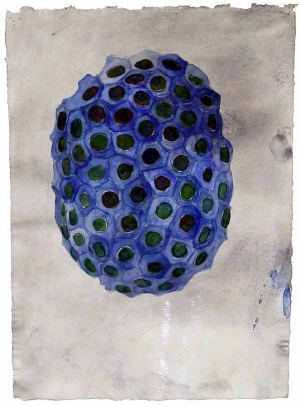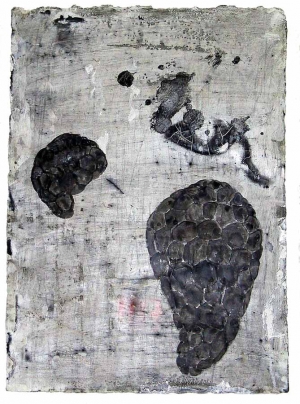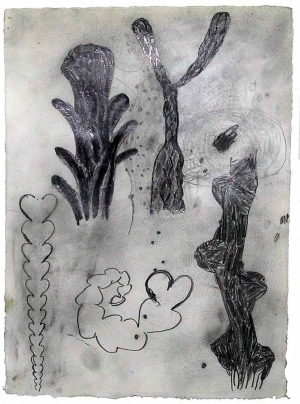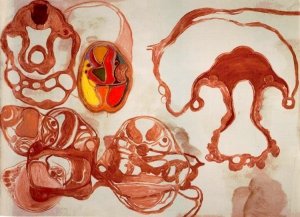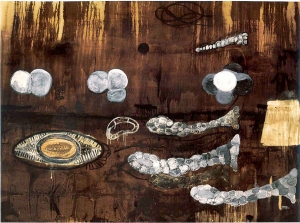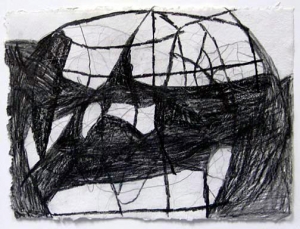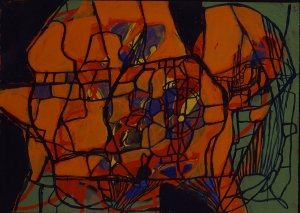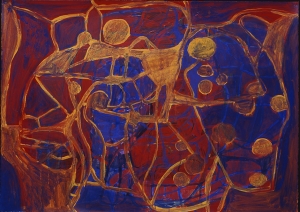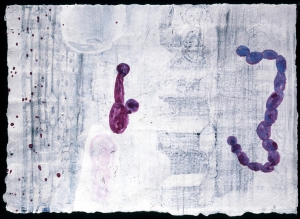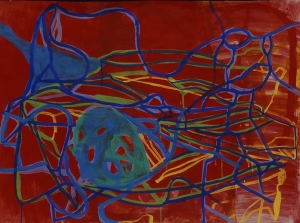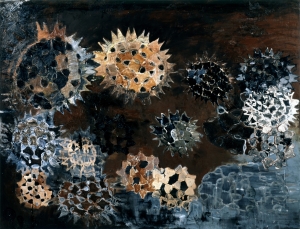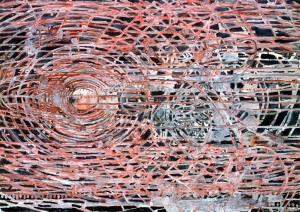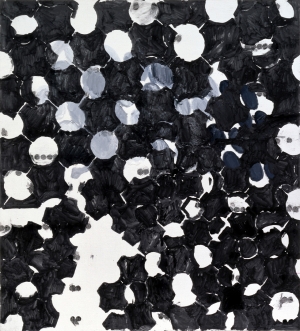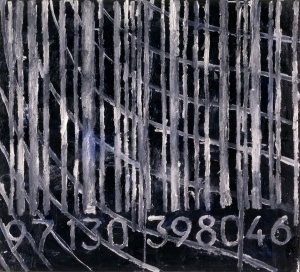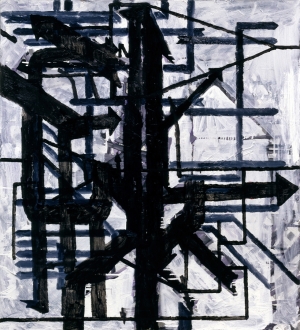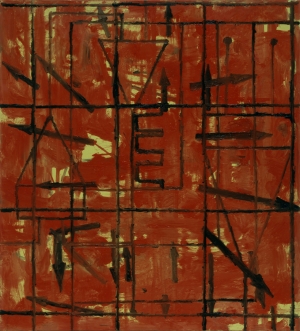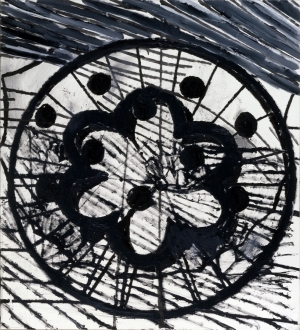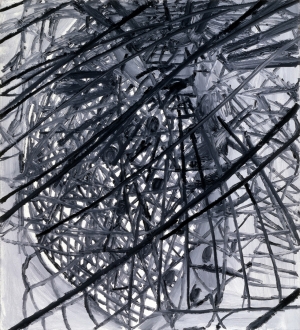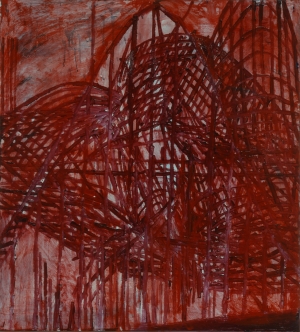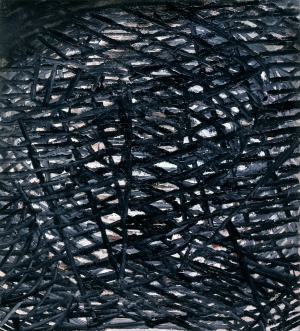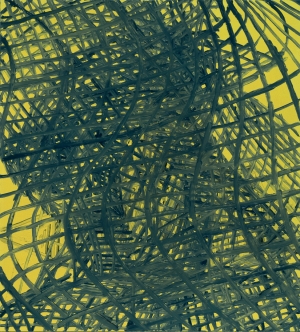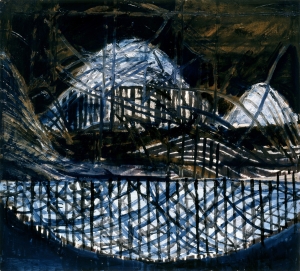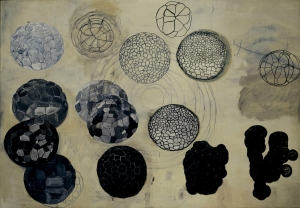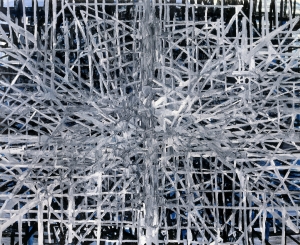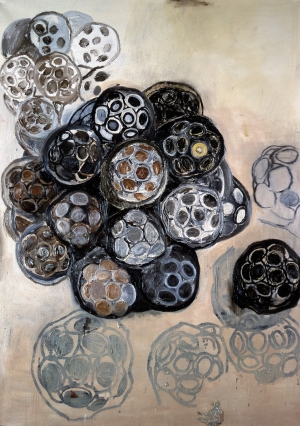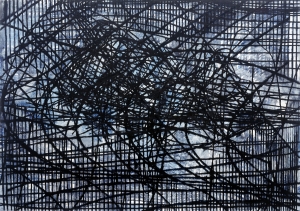
Photo by Timothy Greenfield-Sanders
Terry Winters
Artist Bio
For four decades, Terry Winters’s paintings have mapped natural biological processes through abstract forms, lines, and color. Winters considers science to be “a neutral, and neutralizing, structure: a kind of blank metaphor which can be loaded with all the poetry occurring on the pictorial film of the painting.” His first excursions into organic shapes came by sketching botanical spores, pods, and stamens from natural history museums and books. These drawings became a catalyst for the subject matter of his paintings, in which organic tubes, cavities, and cavernous holes stretch over large expansive canvases.
In 2000, Winters worked with Dutch architect Rem Koolhaas to create and install a series of sixty paintings, known as Set Diagrams, at the Lehmann Maupin Gallery in New York. The collaboration with Koolhaas allowed the architectural structure within Winters’s paintings to extend into the physical environment of the gallery. Winters describes Set Diagrams as a “hysterical investigation” of nature, believing biological processes to be inherently erratic. “I’m trying to make a diagrammatic abstraction that allows for coordinates to be established within which an investigation takes place,” Winters commented, “but the investigation is necessarily kind of hysterical because the process is unpredictable.” Winters’s coordinates are plotted through spheres, charts, and graphs, reminiscent of data arranged in physics or biology textbooks. The points dissolve underneath chaotic lines and arrows, evoking abstract interpretations of blueprints, or architectural maps.
